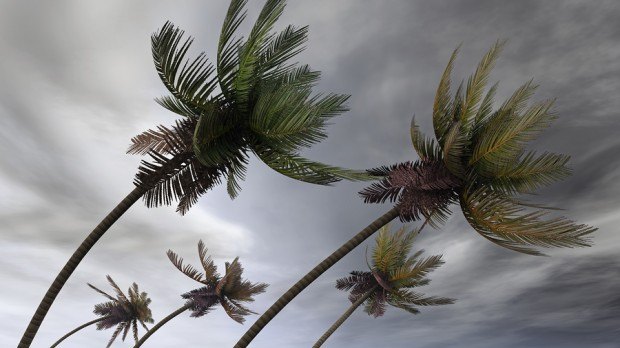The official start of the Atlantic hurricane season on Monday could signal more steep losses for insurers and reinsurers, already battered by the impact of the coronavirus pandemic on their underwriting and investment positions.
However, recent years of hefty damage from hurricanes and high claims due to the pandemic mean property rates at a key June 1 renewal date are expected to get pushed up by as much as 50%, providing an income boost.
Meteorologists are forecasting that the Atlantic 2020 hurricane season, which officially finishes on Nov. 30, will be above average.
“What we’ve seen over the past couple of years is an increase of (storm) losses from a frequency and severity perspective,” said Susan Fallon, Global Head of Property at Zurich Insurance Group.
“There’s an expectation we will see increased rates.”
Lloyd’s of London this month forecast more than $100 billion in underwriting losses from the pandemic in 2020, with those losses coming before the hurricane season even gets going.
The specialist insurance market said the pandemic losses were similar in size to the loss year of 2005 – when Hurricane Katrina hit New Orleans – and 2017 – when Hurricanes Harvey, Irma and Maria hit Florida, Puerto Rico and Texas.
Those hurricane years were exceptional but this year could also be costly.
Interactive graphic https://tmsnrt.rs/2TP4M6k on evacuation, displacements from recent hurricanes.
The National Oceanic and Atmospheric Administration (NOAA) sees 13-19 named storms of which 6-10 could become hurricanes.
The average hurricane season produces 12 named storms and six hurricanes, three of which are major.
The exact impact of hurricanes is always difficult to determine as many do not make landfall.
But the average for insured losses from natural catastrophes globally is $75 billion over the past 10 years, according to reinsurer Swiss Re.
Climate change has led to greater flood damage from hurricanes, and increased building of expensive properties in states such as Florida has also added to the size of claims, industry sources say.
KBW analysts said in a note that reinsurance rates in Florida could rise 25-45% on June 1, with the underwriting and investment losses from COVID-19 “heightening risk sensitivities” and contributing to the rise.
Reinsurers share the burden of large losses like hurricanes in return for part of the premium. Insurers typically pass at least part of the reinsurance rates they pay onto policyholders.
“We’ve seen rates for Florida renewals accelerate quite a bit,” said Chris Grimes, a director at Fitch Ratings. Rate increases were in the 20-40% range, or up to 50% for some insurers, Grimes said. Analysts at JMP Securities expect rate rises of 25-35%.
The rate rises could sweeten the pill for insurers and reinsurers, which also face $100 billion in investment losses this year, according to Lloyd’s’ estimates.
But the impact of the pandemic is also expected to exacerbate hurricane losses.
Medical facilities and other businesses might take more precautions in advance of a storm, adding to the cost of claims, Karen Clark, co-founder and CEO of catastrophe modeling firm Karen Clark & Company said.
Reinsurer Munich Re highlighted added risks from the pandemic to response and recovery, supply chains and coastal evacuations.
The Bahamas would be particularly vulnerable, Munich Re said, as it continues to deal with last year’s Hurricane Dorian, while the pandemic has also hit its tourist industry.
(Additional reporting by Noor Zainab Hussain in Bengaluru.)





















 Berkshire Hathaway Enters Post-Buffett Era as Share Prices Fall
Berkshire Hathaway Enters Post-Buffett Era as Share Prices Fall  Breaking: Andersen to Replace Zaffino as CEO of AIG on June 1
Breaking: Andersen to Replace Zaffino as CEO of AIG on June 1  Good Times for U.S. P/C Insurers May Not Last; Auto Challenges Ahead
Good Times for U.S. P/C Insurers May Not Last; Auto Challenges Ahead  What to Expect in 2026: U.S. P/C Results More Like 2024
What to Expect in 2026: U.S. P/C Results More Like 2024 








